Higher classification Slender loris | Phylum Chordata Scientific name Loris lydekkerianus Rank Species | |
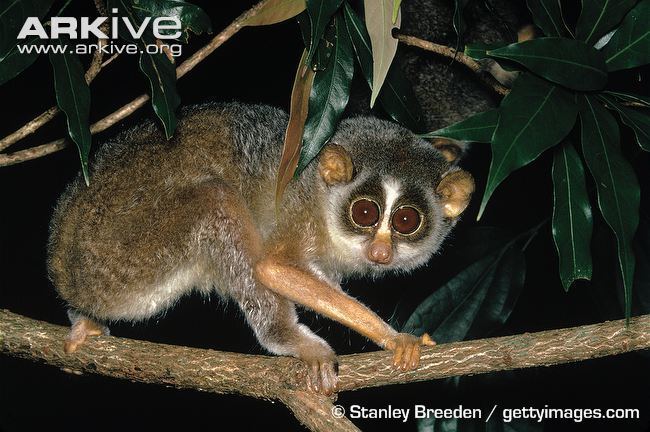 | ||
Similar Slender loris, Loris, Primate, Lorisidae, Mammal | ||
The gray slender loris (Loris lydekkerianus) is a species of primate in the family Loridae. It is found in India and Sri Lanka. Its natural habitats are subtropical or tropical dry forests and subtropical or tropical moist lowland forests. It is threatened by habitat loss. The species was previously considered as Loris tardigradus lydekkerianus but Loris tardigradus is now a separate species found in Sri Lanka. This species has been divided into several geographically separated subspecies.
Contents
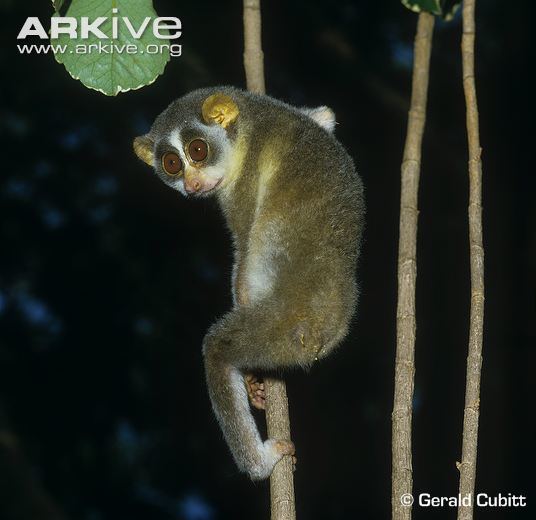
The Indian subspecies include:
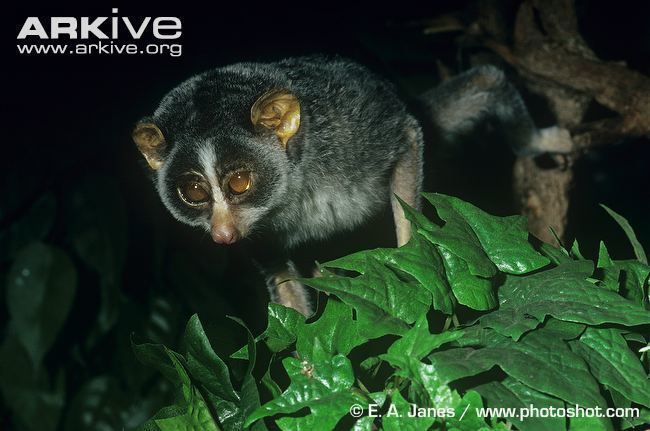
The Sri Lankan subspecies include:
In Sri Lankan subspecies, Loris lydekkerianus grandis has short ears, and a heart-shaped face. Basal hairs of the vent of Loris lydekkerianus grandis are black and whereas those of Loris lydekkerianus nordicus are white in colour.
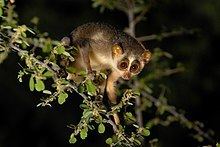
Behaviour
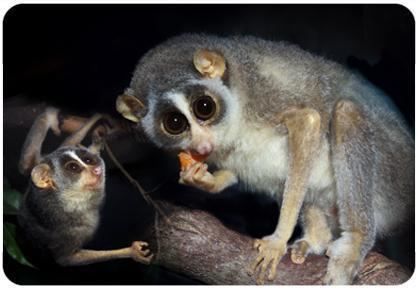
Despite the slew of studies on their behaviour and ecology in the last decade, gray slender lorises still remain among the least known of all primate species. Like other lorises, they are nocturnal and emerge from their roost cavities only at dusk. They are mainly insectivorous. In southern India, the nominate race is often found in acacia and tamarind dominated forests or scrubs near cultivations. Males hold larger home ranges than females. They are usually solitary while foraging, and it is rare for them to be seen in pairs or groups. However they may roost in groups of up to 7 that include young of the recent and older litters. Adult males and females have individual home ranges and sleeping group associations are usually composed of a female and her offspring. Communicate with a range of vocalisations and also use urine and scent marking. Also, olfaction and visual signaling at a distance of at least 20m. Lorises interact throughout the night and sleep in groups during the daytime. Females with exclusive home ranges, rarely interact with other females except mothers and daughters. Females are more affiliated with males that are in the same sleeping area. Males tend to be more aggressive to other males that are not associated with their sleeping area. However, there is positive interaction with males that are within the sleeping area. The males also tend to infants that are in the sleeping area and sleeping arrangements are the only social behaviour Lorises take part in. These animals are somehow related to the bushbabies found in Africa. Their relatives, slow loris, live in northeastern India
Reproduction
Lorises are found to be promiscuous, multiple males competing for one female for mating. Mating occurs biannually, April–June, and October–December. Although mating occurs twice a year, lorises can only breed once a year. One estrus cycle will fail and another will begin approximately 2 weeks following. Gestation is approximately 170 days. Twins are very common among lorises. The reproductive tract and ovarian cycle reflect the general mammalian plans. As far as lactation, four teats develop and produce milk before the infant is born. After giving birth, females are non-receptive to males and care for their young.
Geographic Distribution
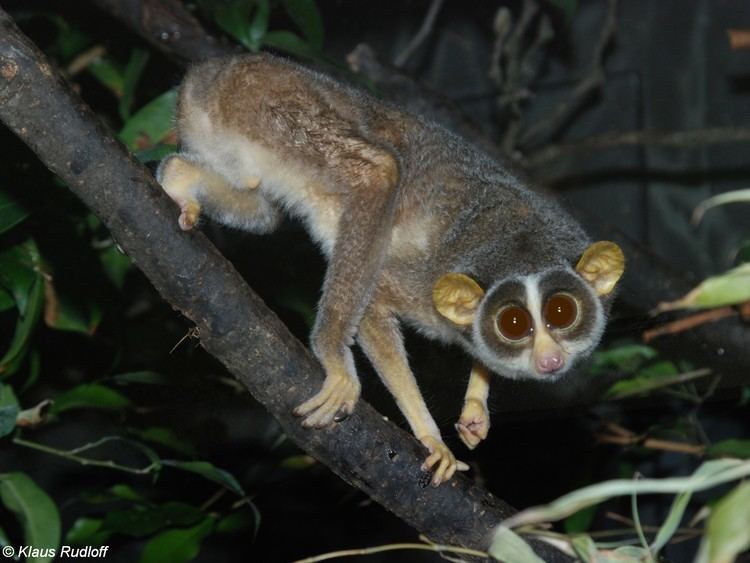
Found endemically in India and Sri Lanka, lorises are distributed along the Western Ghats in Kerala, Karnataka and Western Tamil Nadu continuing along the Eastern Ghats to southern Andhra Pradesh. Lorises prefer dry zones, with scrub and dry tree species. They are also found near plantations, and cultivated areas near taller forests.
Threats and Conservation
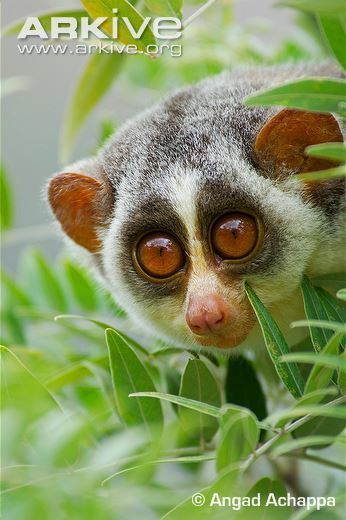
Although considered a Least Concern on the IUCN Red List and classified under Schedule I (Part 1) of the Indian Wildlife Act, 1972, the threat to these primates is increasing. Loris is used to make love potions, treat leprosy and eye ailments. Some villagers keep lorises as pets, but because they are difficult to maintain there is high mortality. Some cities have them captive in zoos, and astrologers use them to pick out tarot cards. Food preference for lorises is insects. Farmlands, which are high in cattle waste, produce large amounts of insects. This is ideal for the species and because these animals are competing with humans over food they aren't not afraid of interaction. There is a high interaction occurrence with humans and lorises around cultivated/farmlands. Habitat fragmentation is also a threat to the loris population, as well as loss of acacia trees, which is a preferred tree species for the loris. Conservation efforts are developing and more research on conservation efforts are ongoing.
